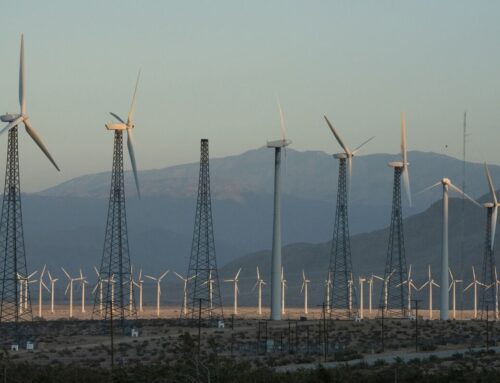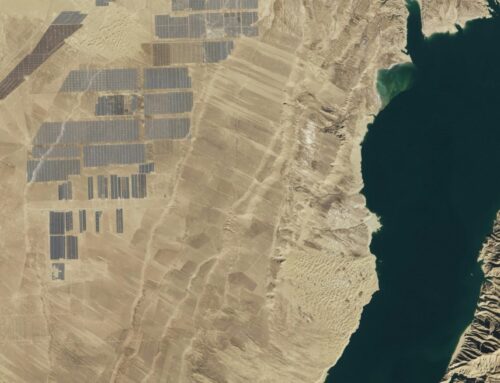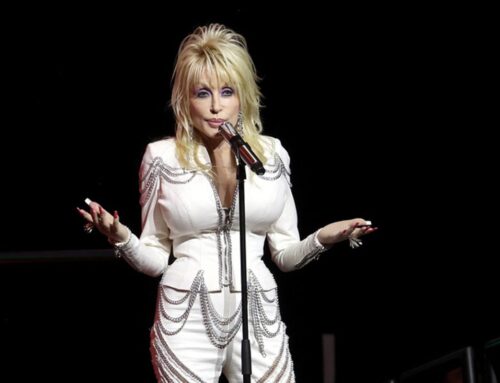When art meets environment: In conversation with Labonie Roy [Interview]
April 1, 2025
- In this interview with Mongabay India, Labonie Roy emphasises the importance of representing people, animals, and ecosystems with respect in editorial illustrations, ensuring both scientific accuracy and artistic engagement.
- Labonie’s creative process involves extensive research, including field visits, reference photography, and a mix of academic and real-world sources to create authentic illustrations.
- Labonie tailors her illustrations based on editorial discussions, using word clouds, sketches, and mixed media to align her art with the story’s tone and intent.
At Mongabay India, editorial illustrations have helped us in adding depth to our coverage of India’s environment. By collaborating with talented artists, we bring stories to life and offer our readers a unique and immersive experience.
One such artist is Labonie Roy, whose distinctive illustrations have graced our stories repeatedly. Today, she joins us for a candid conversation about her creative journey — what sparks her imagination, the challenges of crafting editorial illustrations, and her process as an artist.

How it all began
Labonie’s passion for nature, storytelling, and art has driven her creative journey. Inspired by the intersection of science and nature, she harnesses the power of art to craft narratives that resonate deeply with readers.
“I love to engage with nature in a variety of ways and try to spend as much time learning more by spending time outdoors, reading or watching documentaries. I’m especially curious about insects and plants, which inspires a lot of my art,” adds Labonie.
Labonie’s background in sociology and anthropology broadened her perspective, allowing her to explore the intricate relationships between humans, non-human entities, and ecosystems.
This academic and fieldwork experience also equipped her with strong research skills, which now play a pivotal role in her artistic approach. Studying these relationships sparked Labonie’s interest in the field of nature education. She also worked with children and schools which shaped her understanding of learning and creating learning resources.
Working on editorial illustrations
In ecology and conservation, balancing creativity with scientific accuracy is key. Some articles demand realistic illustrations, while others offer flexibility in style, requiring art that both informs and engages, Labonie explains.
“For me, the most important factor while creating any illustration is to represent with respect. Whether it is people, animals, plants, places or processes, as artists we bear a responsibility to shape how people see them, engage with them and form ideas about them,” shares Labonie.

Labonie says she believes that to create impactful art, the artists shouldn’t shy away from challenging the audience, and respect their curiosity and motivation to engage with and understand art in new ways.
The research process
Research forms the foundation of Labonie’s creative process. She dedicates countless hours to reading, watching, listening, and asking questions whenever possible. Her approach spans a wide range of sources, from academic journals to social media posts, ensuring a comprehensive understanding of her subject.
Whenever feasible, she visits locations, engages with people, and captures reference photographs and notes, to ground her work in real-world details. In 2021, Mongabay India worked with Labonie to examine the components of Bengaluru’s lakes. Labonie’s illustrations gave our readers a glimpse of what lies behind the concrete layers and the dense human population in one of India’s busiest cities.
“To better understand the spaces I would be illustrating, I visited a nearby lake to take reference photos. I observed a large variety of urban waste both within and around the lake’s boundaries – an unfortunate but striking part of the ecosystem. Using these photographs as textural elements, I created mixed-media illustrations that highlighted both the beauty and complexity of lake ecosystems in the city…”, Labonie recalls.

Attention to detail is key in any scientific illustration. Capturing the correct plants, birds, soil colours, and subtle elements like the time of day or a flower’s blooming season can transform a background into a more authentic and impactful piece, explains Labonie.
What goes into the making of an illustration
For Labonie, every project begins with an in-depth conversation with the editor — a crucial step where she delves into the scope of the work. She uncovers the essence of the article, its intended audience, the engagement strategy, and most importantly, the “why” behind its creation. These discussions lay the foundation for her artistic direction.
“From illustrated articles to a series of reels, I tailor parts of my creative output to align with the tone and intent behind each piece.”
One of her favorite projects was a series of poems titled Fantastic Beasts and Why Plastic is Bad for Them, written by Anusha Krishnan and art directed by Kartik Chandramouli. Labonie started by crafting a word cloud — a vibrant mix of moods, adjectives, visual elements, and potential artistic styles — to capture the piece’s spirit and guide her illustrations.

“When drafting initial sketches, I prefer a carefree approach. Sketchbooks or art paper often feel restrictive, so I use scraps of single-sided paper, the backs of old documents, or even newspapers. Using charcoal pencils, I make rough strokes and fair out the sections I like with more detail before sharing drafts with the editor,” Labonie adds.
For the final illustrations, Labonie used watercolors and coloured pencils to create light, airy textures and vibrant, joyful colours. The pivot in her approach resulted in a sharp juxtaposition of light, humorous drawings, and dense subject matter, complementing the poems well.
On creative liberty
Creating art that stays faithful to the essence of an article or research, while still being playful and sparking curiosity is the most exciting part of editorial illustration, says Labonie.
“While creating editorial work, our goal is to convey a specific message through art. This may seem limiting — after all, isn’t art meant to be free and interpretive? However, rather than seeing it as a limit, I see it as a fun challenge, and deeply enjoy using the skills, creative media and other resources available to me to achieve it,” says Labonie.
In her latest work for Mongabay India, Labonie paints a picture of the unique small wildcats of India and their landscapes. Watch the videos here!
Banner image: Labonie works on an illustration. Image courtesy of Labonie Roy.
Search
RECENT PRESS RELEASES
Related Post




